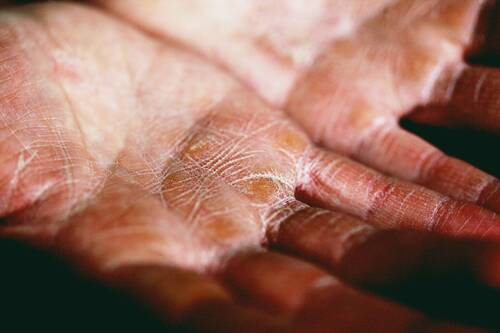What Does Your Stool Color Say About Your Health
Hello there! Have you ever wondered what the color of your stool might reveal about your health? It turns out that your poop can actually provide some valuable insights into your well-being. So, let's dive into the fascinating world of the stool color chart and what it can tell you.

1. Brown - The Ideal Hue
First off, brown is the color you want to see when you take a peek in the toilet bowl. Healthy stool is typically a shade of brown, thanks to a pigment called bilirubin. This color indicates that your digestive system is functioning well, and your diet is on the right track.
2. Green - Not Always a Cause for Concern
Seeing green stool might raise an eyebrow, but don't panic just yet. It can be perfectly normal and is often a result of consuming green leafy vegetables or foods with green food coloring. However, if the green persists for an extended period or is accompanied by other concerning symptoms, it's a good idea to consult a healthcare professional.
3. Yellow - Could Be Digestive Issues
Yellow stool can indicate a problem with your digestive system, particularly if it's greasy and foul-smelling. It might suggest that your body isn't adequately digesting fats, which could be due to various factors. Chronic yellow stool should prompt a discussion with your doctor.
4. Black - Potential Red Flag
Black stool can be alarming as it may signify the presence of blood in your digestive tract. It could be related to bleeding in the stomach or upper intestine. If you notice black stool, especially if it's sticky and has a tar-like consistency, seek medical attention promptly.
5. Red - Pay Attention
Seeing red in your stool might be linked to several factors, including the consumption of red-colored foods like beets or red food dye. However, it can also be a sign of bleeding in the lower gastrointestinal tract, hemorrhoids, or other issues. If you can't attribute it to your diet, consult your healthcare provider.
6. Pale or Clay-Colored - Liver Concerns
Stool that appears pale or clay-colored may indicate a problem with your liver or bile ducts. It could be due to reduced bile production or a blockage. Don't ignore this symptom; consult your doctor for further evaluation.
In Conclusion - Pay Attention to Your Body
Your stool color can offer valuable clues about your health, but it's essential to consider it alongside other symptoms and factors. If you notice persistent changes in stool color, unusual textures, or accompanying symptoms like abdominal pain, it's wise to consult a healthcare professional. Your body has ways of telling you when something's amiss, so listen closely and take action when needed to maintain your well-being.







